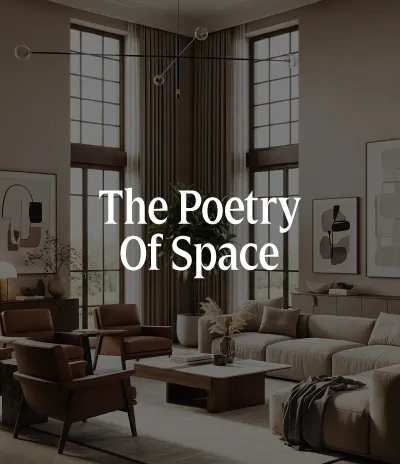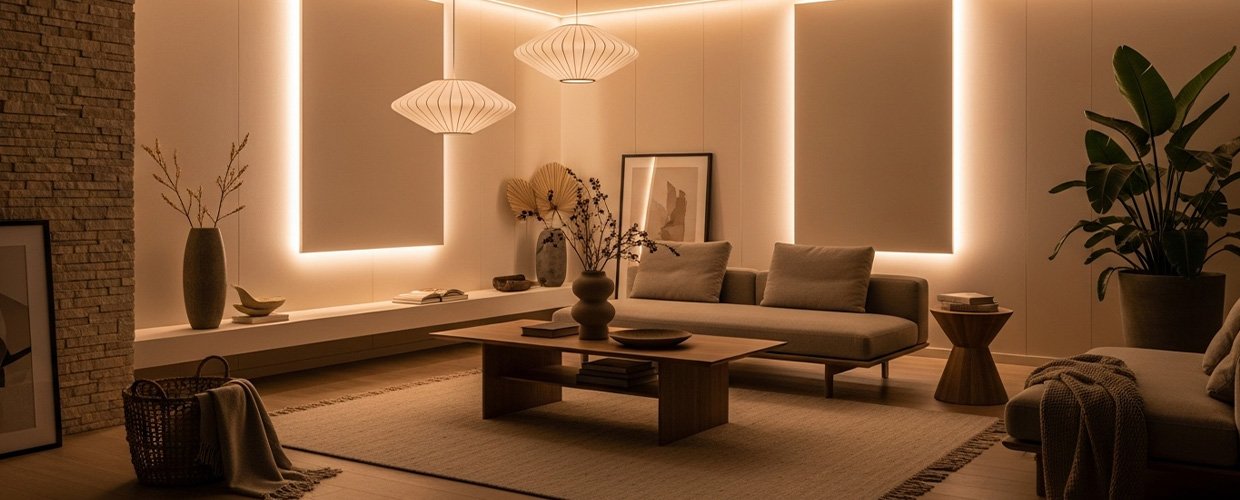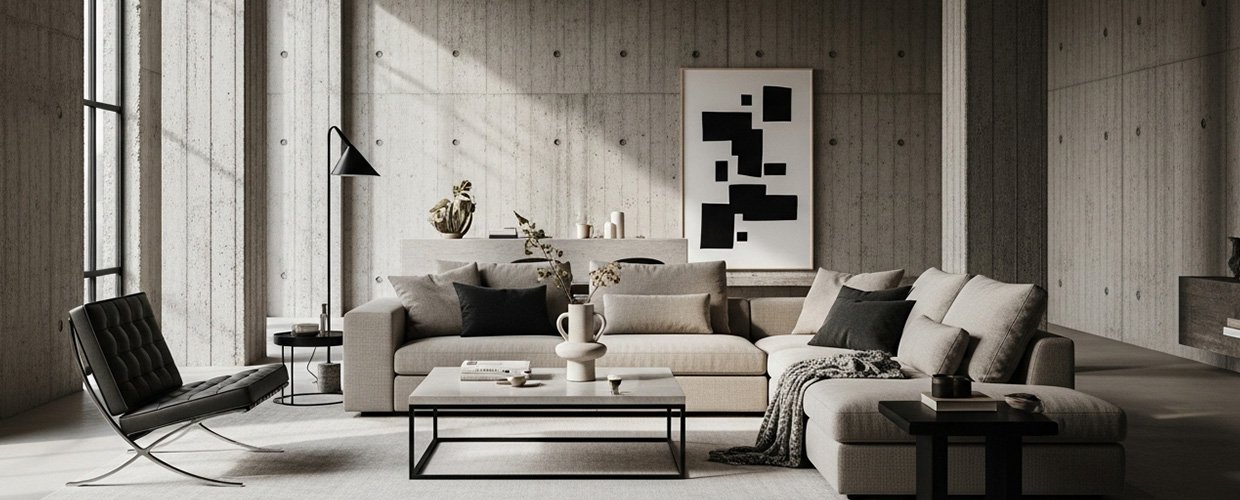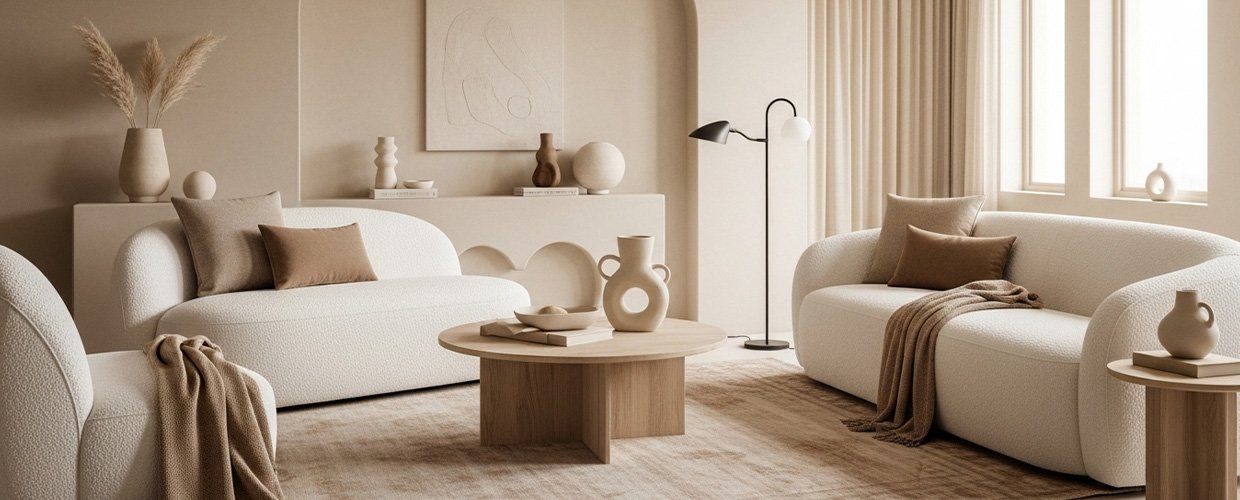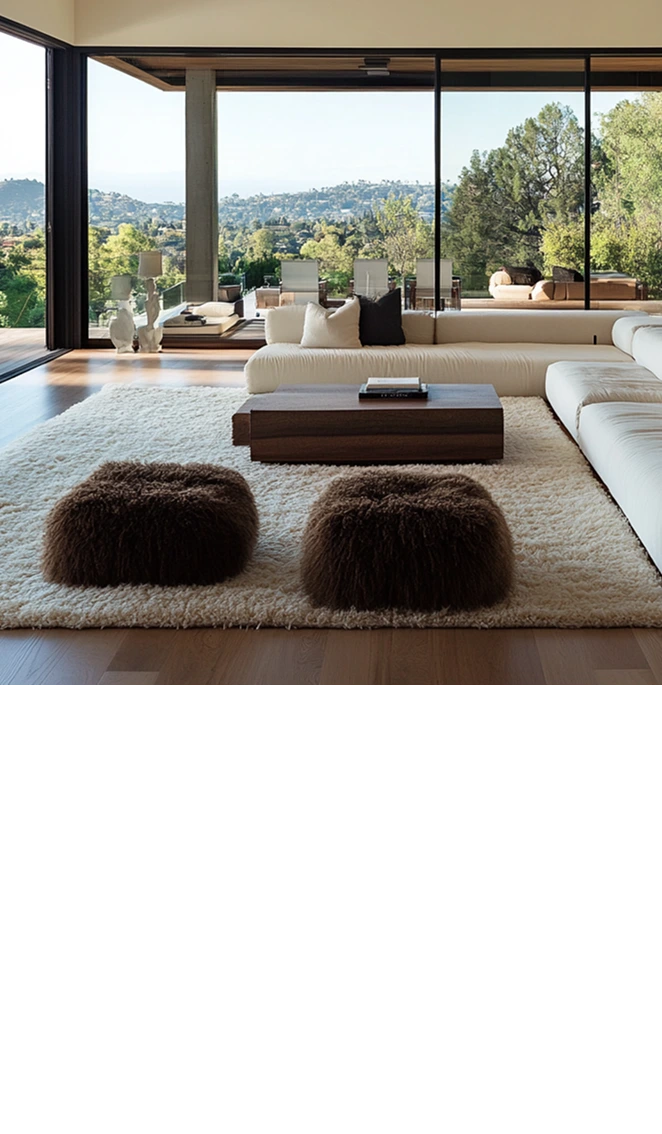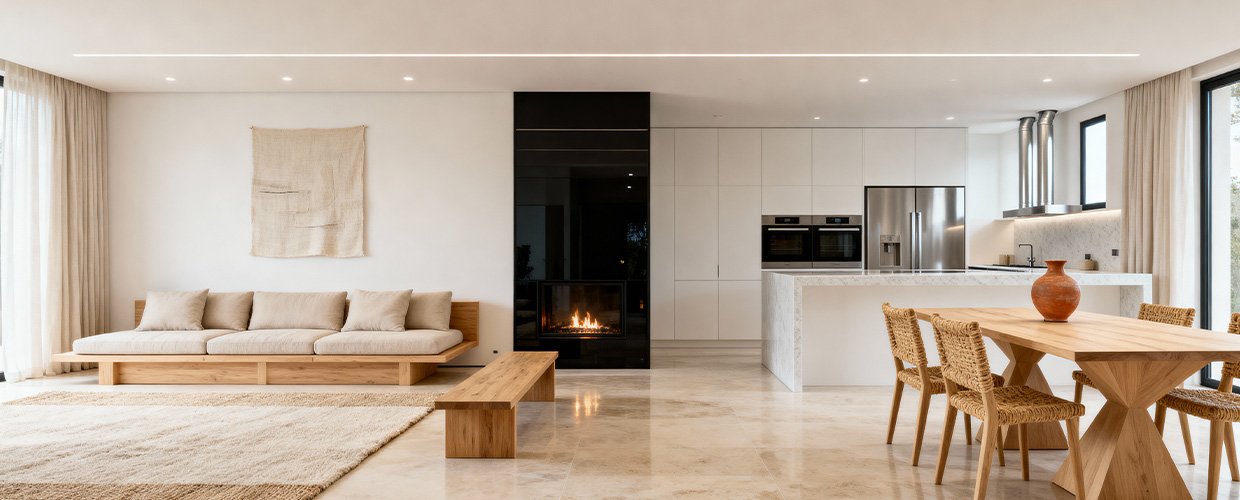
Sustainable Minimalist Architecture: Eco-Friendly Design Solutions
In a world increasingly aware of its environmental footprint, the demand for sustainable architecture has never been more critical. Sustainable minimalist architecture emerges as a beacon for eco-conscious homeowners and design professionals who seek to harmonize aesthetic appeal with environmental responsibility. This approach does not merely focus on reducing excess but emphasizes creating refined, functional spaces that reflect personal values and support a sustainable lifestyle. At AB Concepts, we believe in the poetry of space—crafting environments that are not just functional and timeless, but also deeply personal. This style of architecture leverages accessible, eco-friendly materials and practical design solutions, ensuring sustainability is achievable for all without sacrificing beauty or functionality. As you explore the world of sustainable minimalist architecture, you’ll discover how this design philosophy can transform living spaces into serene, efficient, and eco-friendly sanctuaries.
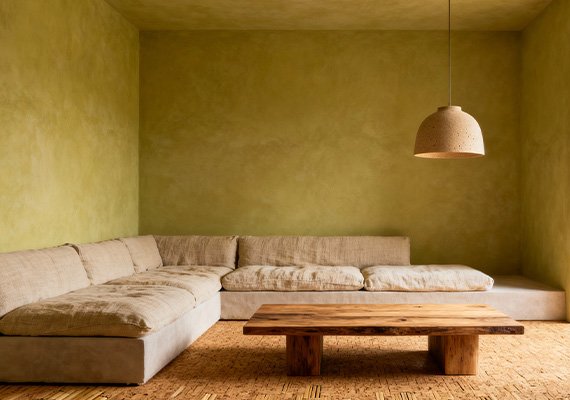
Sustainable minimalist architecture is more than just a design trend; it’s a movement towards creating spaces that respect natural resources and promote well-being. At its core, this architectural style focuses on simplicity and essentialism, stripping away unnecessary elements to highlight the beauty of the functional aspects of a space. By utilizing natural light, optimizing spatial layouts, and incorporating renewable resources, sustainable minimalist architecture enhances the quality of living while minimizing the ecological footprint. Key principles include the use of energy-efficient systems, water conservation strategies, and the incorporation of local and recycled materials. These approaches not only reduce construction and operational costs but also ensure the longevity and adaptability of spaces. For instance, utilizing passive solar design can significantly reduce energy needs, while rainwater harvesting systems contribute to reduced water consumption. Furthermore, the integration of biophilic design elements—such as indoor plants and natural ventilation—ensures that these spaces are not only sustainable but also promote physical and mental health. With sustainable minimalist architecture, the focus is on creating environments that are both beautiful and beneficial to both inhabitants and the planet.
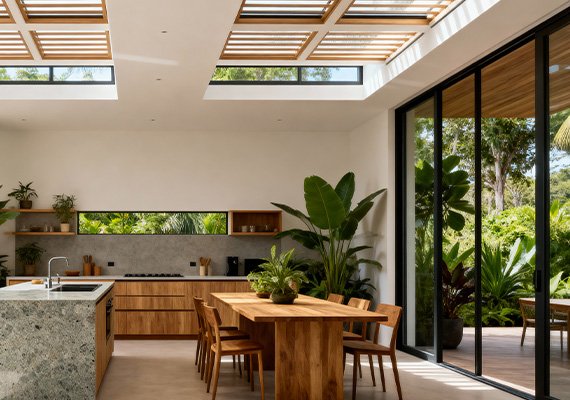
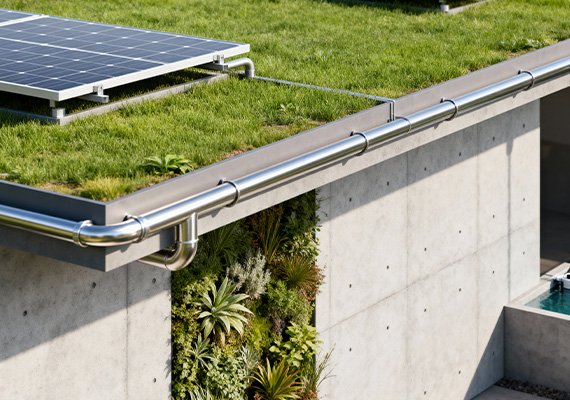
Sustainable minimalist architecture offers a compelling solution for those seeking to align their living spaces with eco-friendly principles without compromising on style or functionality. By prioritizing simplicity, efficiency, and the use of sustainable materials, this architectural approach helps reduce environmental impact while enhancing the quality of life. Key takeaways from this design philosophy include the importance of using accessible, cost-effective sustainable materials and implementing practical design solutions that are adaptable to various needs. Embracing energy efficiency, water conservation, and the integration of natural elements are essential components of creating a sustainable minimalist space. As we look toward the future, the role of sustainable design will continue to grow in importance, shaping how we build and inhabit our environments. By choosing sustainable minimalist architecture, we have the opportunity to live more consciously and responsibly, crafting spaces that are not only timeless and personal but also respectful of the planet. Whether you’re a homeowner, architect, or design professional, adopting these principles can lead to transformative outcomes that benefit both people and the environment.
TRENDING NOW

